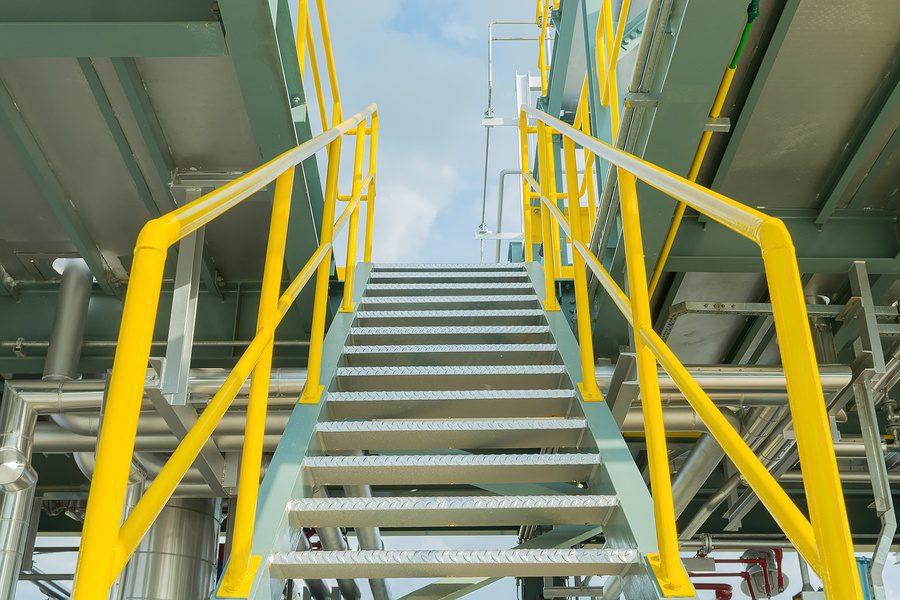The Art in Fabricating Industrial Stairs
Fabricating industrial stairs may seem like a relatively simple job at first glance, but as with many common fabrication tasks the apparent simplicity of the structure hides the complexity of its production. Building a reliable set of stairs efficiently takes a merger of the art and science of fabrication, one in which precision and automation play ever more crucial roles.
The Importance of Precision
We need to look at the vital importance of precision in every aspect of fabricating industrial stairs to see why skill and equipment matter so much. Stairs are expected to adhere to rigorous engineering standards, no matter the jurisdiction or intended usage. As it’s not yet possible or practical to print an entire staircase as a seamless whole and carve one from a single enormous hunk of metal, we must look at how we join together the various pieces. Good materials go a long way, but poor welding or bolting will result in useless, dangerous, or hideous stairs no matter how durable the components may be.

Beam Lines and Automation
In years gone by, and in poorly equipped shops, the demand for precision married to the repetition necessary for a good set of industrial stairs made them fertile grounds for mistakes, delays, and myriad other headaches. It’s easy enough to design and assemble by hand a short set of stairs, with a fairly limited amount of work. But take the same task and repeat it for days to construct a longer set of stairs, and you begin running into the limitations of human attention—and unlike other repetitive work, you don’t want people getting too comfortable and mindless in fabrication. That’s why the advent of computer-assisted fabrication and automated beam lines makes such a colossal difference in tasks of this nature. In a way a person simply cannot, a computer program can visualize a set of industrial stairs in its perfect state; every hole at exactly the right place, every join as it must be, every angle accounted for. A good engineer or welder might be able to tackle each section in turn with that precision, but even tiny imperfections and variations can add up to a mess over the course of a larger stair set.
Drilling, Etching, and Other Operations
With the blueprints firmly in ‘mind’ and precision automation in the form of a beam line attached, we see the art of fabrication come to life. A modern beam line can flawlessly drill, edge, bolt, assemble, weld, and otherwise manipulate the raw materials with perfect accuracy. The difference between a small set of stairs and a massive one becomes nothing but a matter of time. For every task the beam line can’t handle, the many ones it can opens up time and attention for your fabrication team to perfect details and human-only tasks. If you’ve ever been forced to regularly use a set of stairs that wasn’t quite right, you understand the value of precision and perfection; it only takes one error to render a climb a hazard, a disaster waiting to happen.
Final Thoughts
Looking at these factors, it’s easy to see the complexity inherent to even a simple industrial staple such as stairs. Fortunately, the recent advances in fabrication techniques and equipment have made inherently difficult tasks far simpler, allowing for faster, more reliable, and more inexpensive production. Make sure you’re working with a team equipped with a thorough appreciation and respect for the complexity of simple fabrication and the latest tools for tackling such jobs, lest you get caught up in overrun deadlines, shoddy work, and add-on charges.
